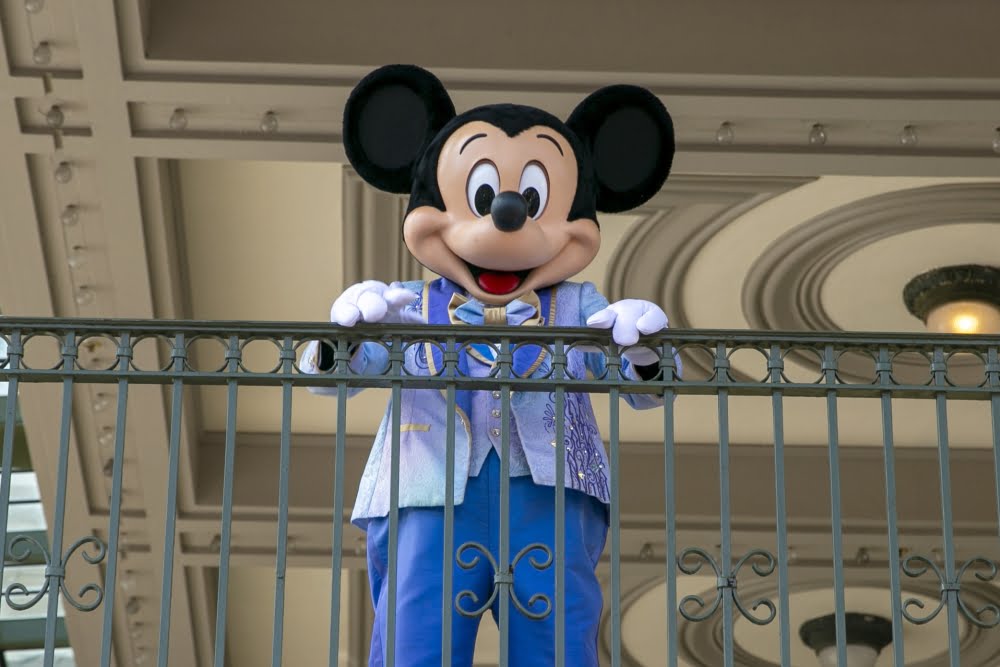
Introduction
Mickey Mouse, the iconic character created in 1928 by Walt Disney and Ub Iwerks, has been beloved for generations. Known for his cheerleading attitude and fun spirit, Mickey has become a symbol of both happiness and sadness. But the strange and often misunderstood phrase “what is it to kill Mickey Mouse” has popped up in various discussions and conspiracy theories. This article delves into the origin, explanation, and truth behind this mysterious phrase.
The beginning of Mickey Mouse
A sign has been born
Mickey Mouse first appeared in the short film “Steamboat Willie” on November 18, 1928. This debut ushered in the Walt Disney Studios era, as Mickey quickly became the face of the company Over the years Mickey Mouse evolved from a mischievous character into a symbol of hope and resilience, with Disney -representing the core values of the brand.
Cultural influence and heritage
Mickey’s influence extended beyond the cameras. He has become a cultural phenomenon seen around the world in comic books, merchandise and theater. Mickey’s image was synonymous with fun and entertainment, with his Oh boy! It became a household staple.
Misinterpretation and conspiracy theories
The phrase what is the death of Mickey Mouse has given rise to many conspiracy theories and speculations. Some believe it refers to Mickey’s decline in popularity over the years, while others see it as a metaphor for broader cultural and corporate shifts at Disney Understanding the origins of this phrase requires tracing its connotations and the context in which it has been used.
Corporate decision making and behavior development
One plausible explanation for the phrase is a shift in focus in Disney’s corporate strategy. Over the decades, Disney introduced many new characters and opportunities, such as Donald Duck, Goofy, and later Pixar characters. While this diversification is beneficial to the company, it can lead to the perception that Mickey Mouse has gone sideways. Fans and critics speculated that it was corporate decisions rather than an actual decline that led to Mickey’s decline in status.
Analysis of the decline in popularity
Competition of nine
As Disney expanded its universe, characters like Buzz Light-year, Elsa, and Iron Man captured the imagination of a new generation. These characters brought innovation and technical advances to animation, sometimes overshadowing Mickey’s simpler, classic appeal.
Changes in the entertainment industry
The rise of digital media and streaming platforms in particular has brought about significant changes in the entertainment industry. These changes also affected audience preferences and viewing habits, leading to changes in consumption patterns. In this changing landscape, traditional characters like Mickey Mouse faced stiff competition from their more modern and digitally recognized counterparts.
Evolution, not extinction
Contrary to the ominous implication of the phrase, Mickey Mouse is not “murdered” at all. Instead, he underwent a natural evolution, adapting to changing times and audiences. Disney continued to remake Mickey through various means, including new animated series, merchandise, and theme park attractions. Mickey’s durability in these ways means his flexibility and adaptability.
Strategic rebranding and renewed energy
Disney’s strategic approach to Mickey Mouse includes periodic reinvigoration and rebranding efforts. Shows like “Mickey Mouse Clubhouse” and “Mickey Mouse Shorts” introduced Mickey to a younger audience, making him look relevant in the modern era. In addition, Mickey’s 90th anniversary showcased his timeless appeal and reaffirmed his place in popular culture.
The cultural significance of Mickey Mouse
A sign of joy and lack of conscience
Mickey Mouse is a powerful symbol of joy, innocence and an enduring spirit of adventure. His character has timeless qualities that resonate with audiences of all ages. Despite changes in popularity, the essence of Mickey remains unchanged, continuing to inspire and entertain.
Property and Future Power
Looking ahead, the Mickey Mouse legacy is poised to stay. Disney’s commitment to preserving and developing his iconic character ensures that Mickey remains a beloved character for generations to come. As the entertainment landscape continues to evolve, Mickey’s adaptability and universal appeal will surely put him at the forefront of the Disney brand Strategic rebranding and renewed energy
Disney’s strategic approach to Mickey Mouse includes periodic reinvigoration and rebranding efforts. Shows like Mickey Mouse Clubhouse and Mickey Mouse Shorts introduced Mickey to a younger audience, making him look relevant in the modern era. In addition, Mickey’s 90th anniversary showcased his timeless appeal and reaffirmed his place in popular culture.
A sign of joy and lack of conscience
Mickey Mouse is a powerful symbol of joy, innocence and an enduring spirit of adventure. His character has timeless qualities that resonate with audiences of all ages. Despite changes in popularity, the essence of Mickey remains unchanged, continuing to inspire and entertain.
Property and Future Power
Looking ahead, the Mickey Mouse legacy is poised to stay. Disney’s commitment to preserving and developing his iconic character ensures that Mickey remains a beloved character for generations to come. As the entertainment landscape continues to evolve, Mickey’s adaptability and universal appeal will surely put him at the forefront of the Disney brand.
Conclusion
The phrase what killed Mickey Mouse is more a product of changing times and changing corporate strategies than of actual decay. Mickey Mouse’s journey is one of evolution, resilience and lasting joy. As Disney continues to innovate and evolve, Mickey’s legacy will surely continue to thrive, proving that some images are truly timeless. Mickey Mouse not only lives on but delights and inspires millions of people around the world, adding the magic that defines Disney.